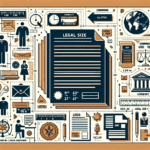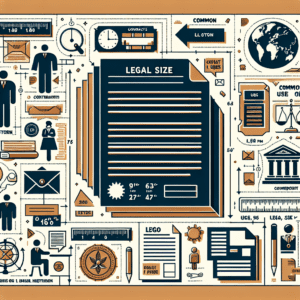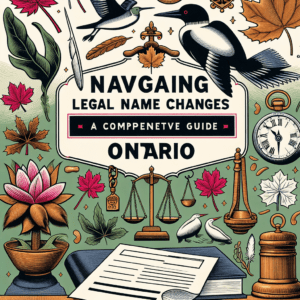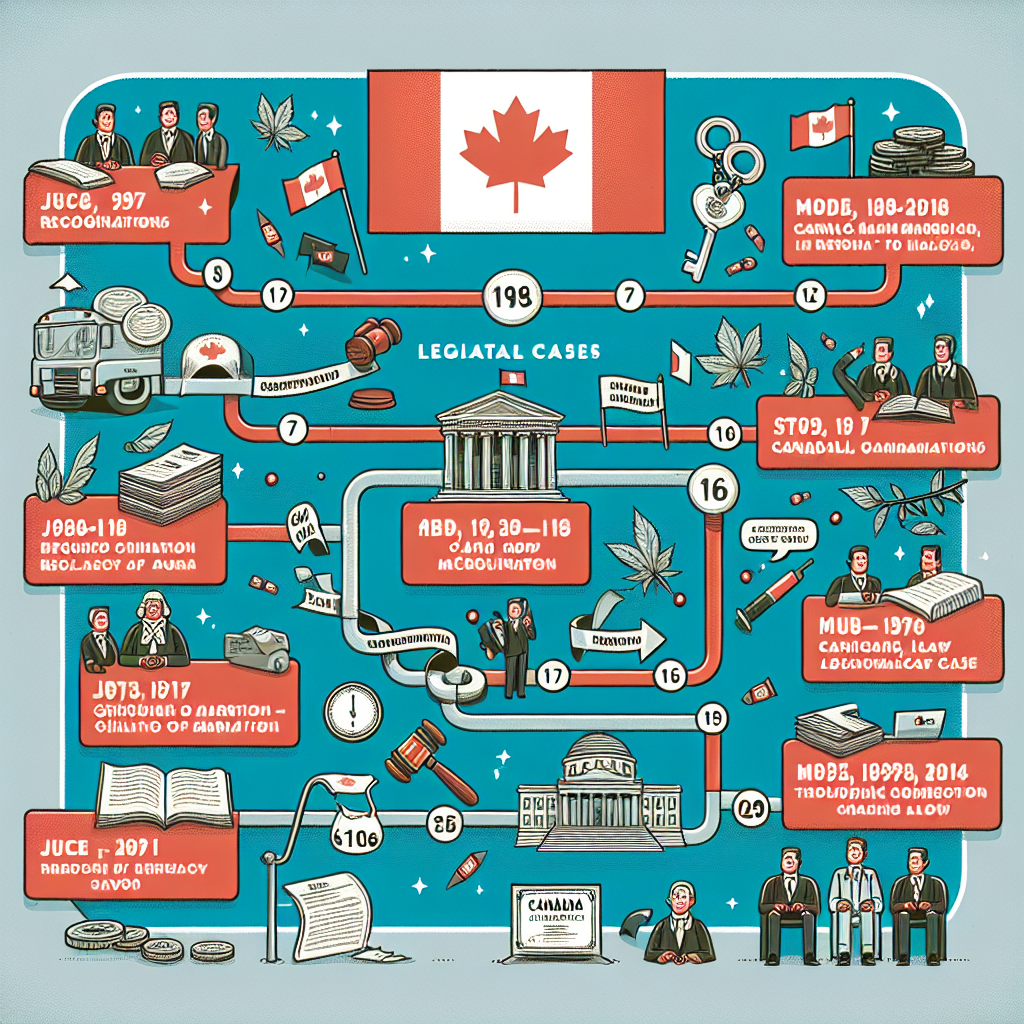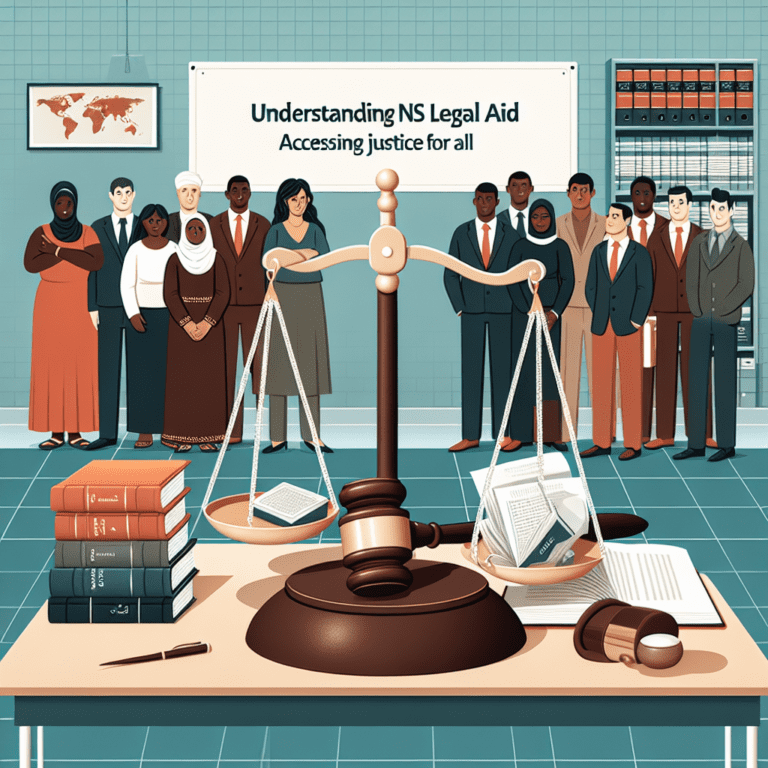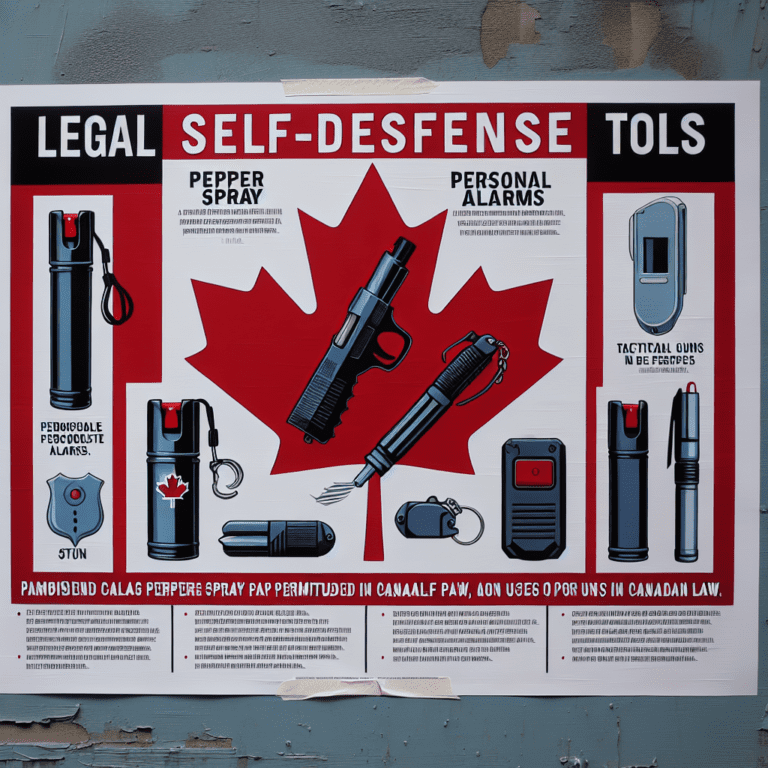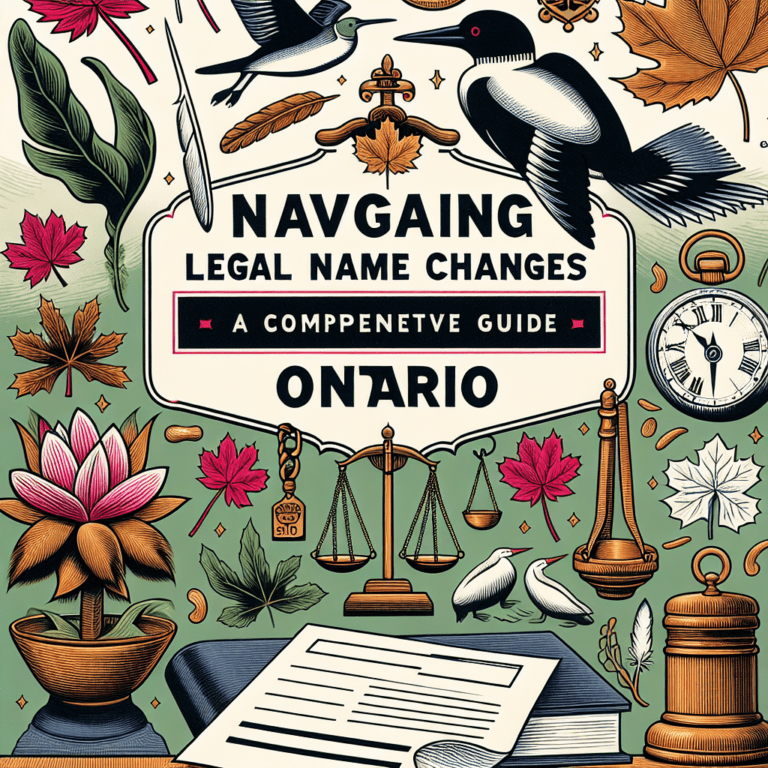===
The journey to the legalization of gay marriage in Canada is a powerful testament to the resilience and determination of the LGBTQ+ community. For decades, many faced discrimination and exclusion, feeling the deep impact of laws that rendered their love invalid. The desire for equality and recognition was not just a legal concern but a profound emotional struggle for countless individuals and families. As Canada became one of the first countries in the world to embrace marriage equality, the path was paved with significant legal victories and shifting societal attitudes. This article traces the legalization of gay marriage in Canada, highlighting the key milestones and social changes that transformed the landscape for LGBTQ+ rights.
The Historical Journey to Gay Marriage Legalization in Canada
The roots of the movement for gay marriage in Canada can be traced back to the late 1960s when societal attitudes began to shift. In 1969, the Canadian government decriminalized homosexuality, marking a pivotal moment in the country’s acceptance of LGBTQ+ individuals. However, this legislative change was only the first step; it did not address the fundamental issues of equality in marriage and family rights. Despite the decriminalization, discrimination persisted, leading activists to organize and advocate for more comprehensive legal reforms throughout the 1970s and 1980s.
As the decades progressed, the struggle intensified. The 1990s saw the formation of various advocacy groups that pushed for same-sex marriage rights. These organizations worked tirelessly to raise awareness and mobilize public support, emphasizing the emotional and legal injustices faced by same-sex couples. A crucial turning point occurred in the late 1990s when the Ontario Court of Appeal ruled in favor of recognizing same-sex marriage in 1999, setting a strong precedent that would resonate throughout the nation. This ruling galvanized further dialogue and activism, leading to increased visibility for the LGBTQ+ community and their demands.
The early 2000s represented a watershed moment in the quest for marriage equality. As public opinion began to shift favorably, political leaders began to take notice. In 2003, the British Columbia Supreme Court ruled that denying same-sex couples the right to marry was unconstitutional. By 2005, the legalization of gay marriage was firmly on the national agenda, culminating in the passing of Bill C-38. This landmark legislation made Canada the fourth country in the world to legalize same-sex marriage, symbolizing a monumental victory for human rights advocates across the nation.
Key Legal Milestones and Social Shifts in the Movement
The legal landscape surrounding gay marriage in Canada underwent significant transformation due to key court cases and legislation. One of the most notable legal milestones was the Ontario Court of Appeal decision in 2003, which determined that restricting marriage to opposite-sex couples violated the Canadian Charter of Rights and Freedoms. This ruling not only invalidated discriminatory practices but also paved the way for other provinces to reconsider their stances on same-sex marriage. Following this decision, numerous provinces quickly moved to permit same-sex marriages, creating a patchwork of legality across Canada.
Public sentiment began to shift dramatically, reflecting a growing acceptance of LGBTQ+ rights. Polls from the early 2000s showed a marked increase in support for same-sex marriage among the Canadian population. This change was fueled by educational campaigns, personal stories of LGBTQ+ individuals, and increased visibility in media. As more Canadians came to understand the fundamental equality and love that underpin marriage, the movement gained unprecedented momentum. Politicians, once hesitant, began to openly champion the cause, recognizing that supporting marriage equality aligned with Canadian values of fairness and justice.
The culmination of these social changes and legal victories led to the introduction of Bill C-38, the Civil Marriage Act, in 2005. This groundbreaking legislation was not merely a legal adjustment but a reflection of the evolving public consciousness. The passage of the bill was celebrated across the nation and marked a historic moment for LGBTQ+ rights, as thousands of same-sex couples were finally able to marry with the same legal recognition and protections afforded to heterosexual couples. This landmark legislation set an example for other nations, solidifying Canada’s position as a leader in the global fight for marriage equality.
===
The legalization of gay marriage in Canada is a remarkable journey of resilience, advocacy, and transformation. From the initial decriminalization of homosexuality to the enactment of the Civil Marriage Act in 2005, the strides made represent not only legal victories but also significant shifts in societal attitudes towards love and equality. As we reflect on this journey, it is essential to continue advocating for LGBTQ+ rights globally, ensuring that love knows no boundaries. The story of Canadian marriage equality serves as an inspiring reminder that change is possible through collective action, education, and unwavering commitment to justice. For those eager to learn more about the ongoing struggles and victories within the LGBTQ+ community, engaging with local advocacy groups and educational resources can be the first step towards further understanding and involvement.
Understanding Legal Self-Defense Weapons in CanadaUnderstanding Legal Paper Size: Dimensions and Uses ExplainedNavigating Legal Name Changes in Ontario: A Comprehensive GuideRelevant LinkRelevant LinkRelevant Link

